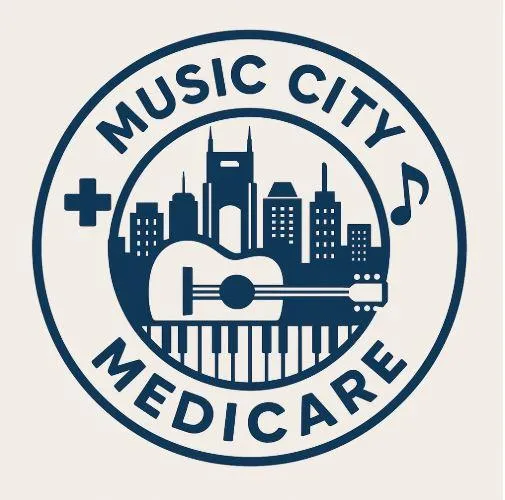
Understanding Medicare Prescription Drug Coverage (Part D)
Understanding Medicare Prescription Drug Coverage (Part D)
By Brooks Daugherty, Medicare Health Plan Specialist
When it comes to Medicare, one of the most common questions I get is: “How does prescription drug coverage work?” Whether you’re approaching Medicare eligibility or reviewing your current plan, understanding how Medicare covers medications is essential to protecting both your health and your wallet.
What Is Medicare Part D?
Medicare Part D is prescription drug coverage offered by private insurance companies approved by Medicare. It helps cover the cost of prescription medications and can be added to Original Medicare (Parts A and B) or included as part of a Medicare Advantage plan (Part C) that offers drug coverage.
Who Needs Part D?
If you’re enrolled in Original Medicare and take medications regularly, adding a standalone Part D plan can help lower your out-of-pocket costs. Even if you don’t currently take prescription drugs, enrolling when you’re first eligible can help you avoid late enrollment penalties later.
What Do Part D Plans Cover?
Each Part D plan has its own formulary—a list of covered drugs—that is divided into tiers. Lower-tier drugs (like generics) typically cost less than higher-tier drugs (like brand-name or specialty medications). Plans are also required to cover a range of drugs in most therapeutic categories.
When reviewing plans, it’s important to check:
Whether your prescriptions are covered
What tier they fall into
Costs like deductibles, copays, and coinsurance
Preferred pharmacies in the network
How Much Does Part D Cost?
Costs can vary by plan and include:
Monthly premium (in addition to your Part B premium)
Annual deductible (some plans have none)
Copayments or coinsurance for each prescription
Coverage gap (“donut hole”) where costs may temporarily increase
Catastrophic coverage where your out-of-pocket costs drop significantly after a certain spending limit is reached
When Can You Enroll?
You can enroll in a Part D plan:
When you first become eligible for Medicare
During the Annual Enrollment Period (Oct 15 – Dec 7)
If you qualify for a Special Enrollment Period due to life changes
Extra Help Is Available
If you’re on a limited income, you may qualify for the Extra Help program, which can reduce or eliminate your Part D premium, deductible, and copays.
Final Thoughts
Choosing the right Medicare prescription drug plan is about more than just finding the lowest premium—it’s about making sure your medications are covered affordably and conveniently. Every year, plan formularies and costs can change, so reviewing your coverage annually is key.
As a Medicare specialist serving Tennessee, Kentucky, Ohio, Indiana, and West Virginia, I’m here to help you navigate your options with confidence. If you need assistance comparing plans or understanding how Part D fits into your overall coverage, reach out—I’m just a call or message away.